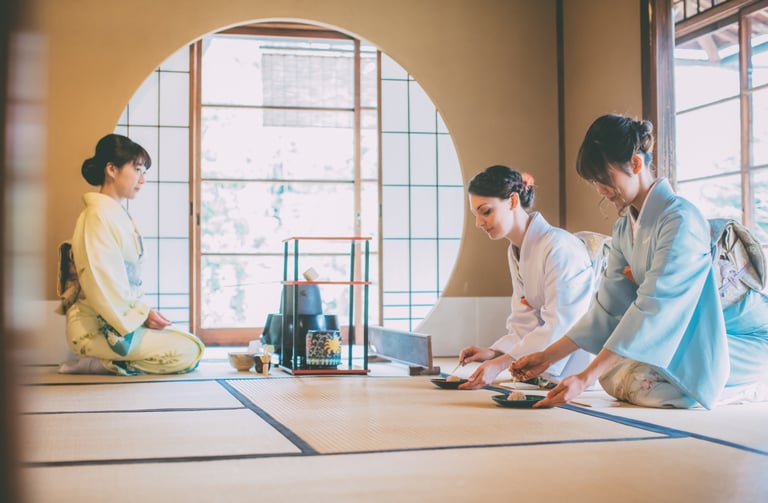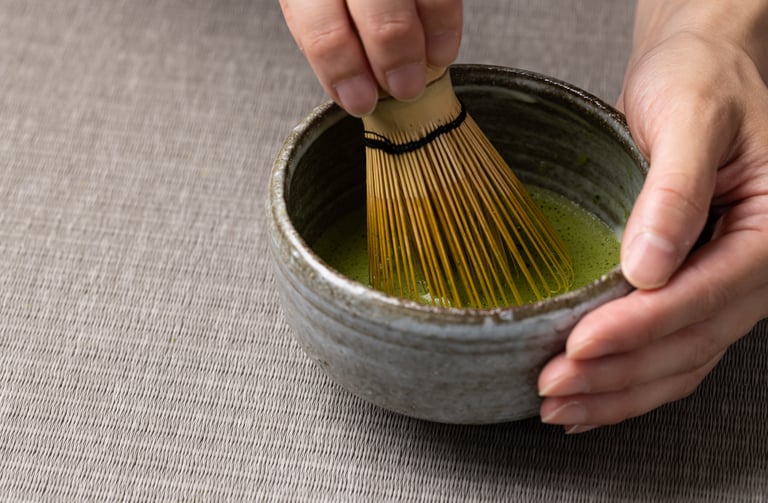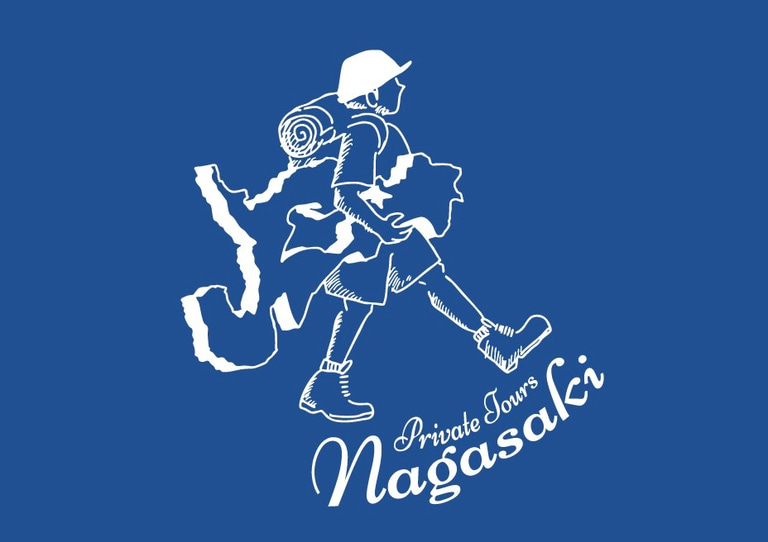The Day the Tea Ceremony Changed My View on Tours
10/12/20251 min read




Recently, I had my very first experience with the Japanese tea ceremony.
To be honest, before that day I only had a vague idea — that it was a traditional way of preparing and drinking tea.
But when I actually took part in it, I realized how deeply it reflects the beauty and calmness of Japanese culture.
The ceremony began with a small Japanese sweet, beautifully crafted and full of delicate flavor.
As I enjoyed its gentle sweetness, a bowl of matcha was served.
At first, the tea tasted slightly bitter, but soon I noticed how perfectly it balanced with the sweetness that lingered on my tongue.
That harmony of sweet and bitter, of stillness and motion, felt like a reflection of life itself — a quiet balance that brings peace to the heart.
The history of tea ceremony goes back to the 12th century, when a Zen monk named Eisai brought tea culture from China to Japan.
Later, in the 15th century, Murata Jukō began shaping the idea of simplicity in tea, and in the 16th century, Sen no Rikyū perfected what we now know as wabi-cha.
The word wabi expresses the beauty of simplicity — finding richness not in luxury, but in humility and mindfulness.
Through this experience, I came to understand that Japanese culture values not what is seen, but what is felt.
It cherishes the quiet beauty within the heart.
That realization inspired me to make the tea ceremony one of the highlights of my Nagasaki tours.
More than sightseeing, I want my guests to experience the spirit of Japan.
To take home not only memories, but a sense of calm and appreciation that stays with them long after their journey.
In Nagasaki, I hope to share this quiet yet unforgettable moment of Japanese culture with travelers from around the world.
